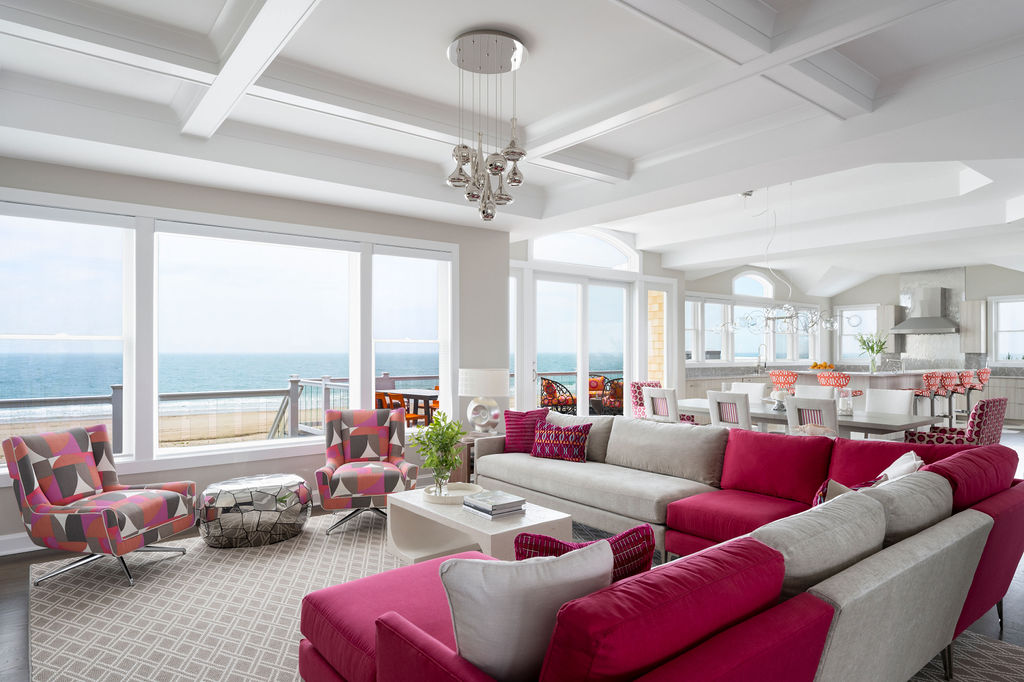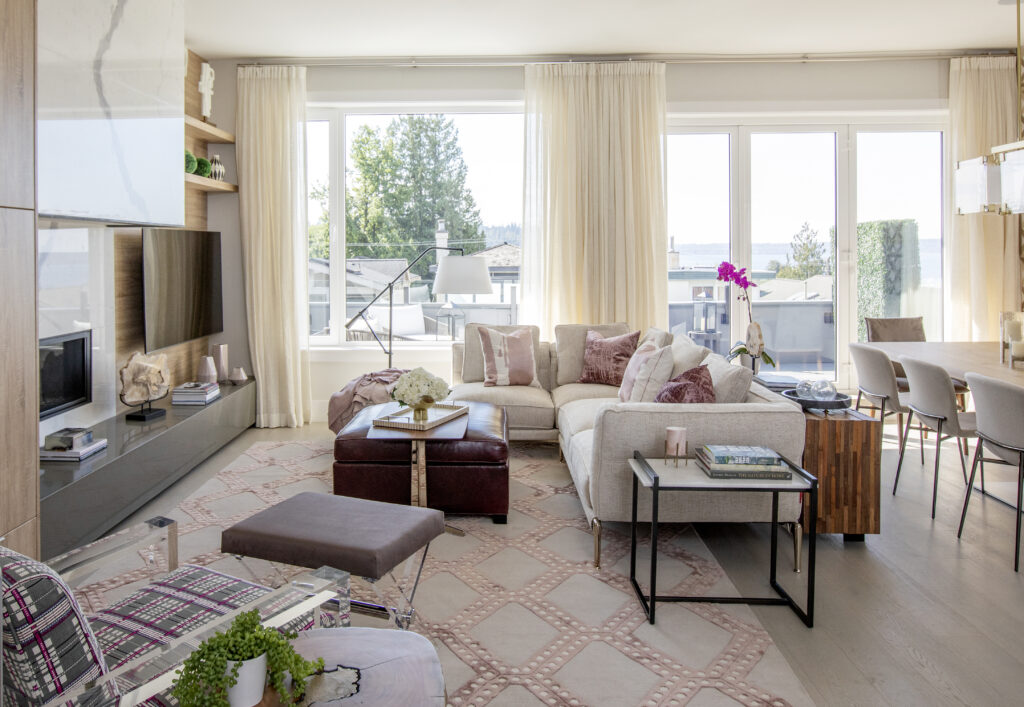Color is one of the most powerful tools in interior design. It has the ability to evoke emotions, create ambiance, and even influence how we perceive space. Choosing the perfect color palette for your home is not just about picking colors you like; it’s about creating a cohesive environment that reflects your personality and enhances your living space. In this blog post, we’ll explore how to harness the power of color to transform your home.
Understand the Psychology of Color
Colors have psychological effects that can impact your mood and behavior. Understanding these effects can help you choose colors that create the desired atmosphere in each room of your home.
- Warm Colors: Reds, oranges, and yellows are energizing and can make a space feel cozy and inviting. These colors are great for social spaces like living rooms and dining areas.
- Cool Colors: Blues, greens, and purples have a calming effect, making them ideal for bedrooms and bathrooms where relaxation is key.
- Neutral Colors: Whites, grays, and beiges create a sense of balance and sophistication. They are versatile and can be used as a backdrop to highlight other colors in your palette.
Consider the Function of the Room
The purpose of the room should guide your color choices. Think about how you use each space and the feeling you want to evoke.
- Living Room: As a gathering space, the living room should feel welcoming. Warm tones or rich, deep hues can create an inviting atmosphere, while a neutral palette can keep the space feeling light and airy.
- Bedroom: For a restful retreat, opt for cool colors or soft pastels that promote relaxation. Darker shades can add a sense of coziness, but be mindful not to make the space feel too confined.
- Kitchen: Bright, clean colors like white, soft yellows, or light greens can make a kitchen feel fresh and energizing. Bold accents, like a vibrant backsplash, can add personality without overwhelming the space.
- Home Office: A productive workspace benefits from colors that boost focus and creativity. Blues and greens are known to enhance concentration, while a pop of yellow can stimulate creativity.
Use the 60-30-10 Rule
The 60-30-10 rule is a timeless interior design principle that ensures a balanced color scheme. Here’s how it works:
- 60%: The dominant color should cover 60% of the room. This is typically the walls and large pieces of furniture.
- 30%: The secondary color takes up 30% of the space. This could be in the form of upholstery, curtains, or an accent wall.
- 10%: The accent color, which adds contrast and visual interest, should make up 10% of the room. Think of decorative accessories, throw pillows, or artwork.
Test Before You Commit
Before you fully commit to a color palette, it’s essential to test your choices. Paint samples on your walls and observe them at different times of day. Natural and artificial lighting can drastically change how a color appears.
- Natural Light: South-facing rooms receive warm, direct sunlight, which can intensify warm colors. North-facing rooms have cooler, more diffused light, which can soften colors.
- Artificial Light: The type of bulbs you use can also affect color perception. Incandescent bulbs add warmth, while fluorescent lights tend to cool down colors.
Don’t Be Afraid to Mix It Up
While it’s important to have a cohesive color scheme, don’t be afraid to mix colors and patterns. A well-curated mix can add depth and character to your home. Consider using complementary colors or adding a bold accent color to keep the design dynamic and interesting.
Incorporate Your Personal Style
Ultimately, your home should be a reflection of your personal style. Whether you prefer a minimalist aesthetic with neutral tones or a vibrant, eclectic mix of colors, choose a palette that resonates with you. Your home should be a place where you feel comfortable and inspired.
Seek a Professional (Perhaps an interior designer!)
If you’re feeling overwhelmed by the options, don’t hesitate to seek professional advice. An interior designer can help you navigate the complexities of color theory and create a palette that’s tailored to your home and lifestyle.
Conclusion
Choosing the perfect color palette for your home is a creative and rewarding process. By understanding the psychology of color, considering the function of each room, and following design principles like the 60-30-10 rule, you can create a space that is both beautiful and harmonious. Remember, the key to a successful color scheme is finding a balance that reflects your personal style while enhancing the overall atmosphere of your home.




Main Pages
Recent Blogs
Blog Categories
Learn More About Libby Langdon

Newsletter Signup
Libby in the News
Latest News about Libby Lagdon

